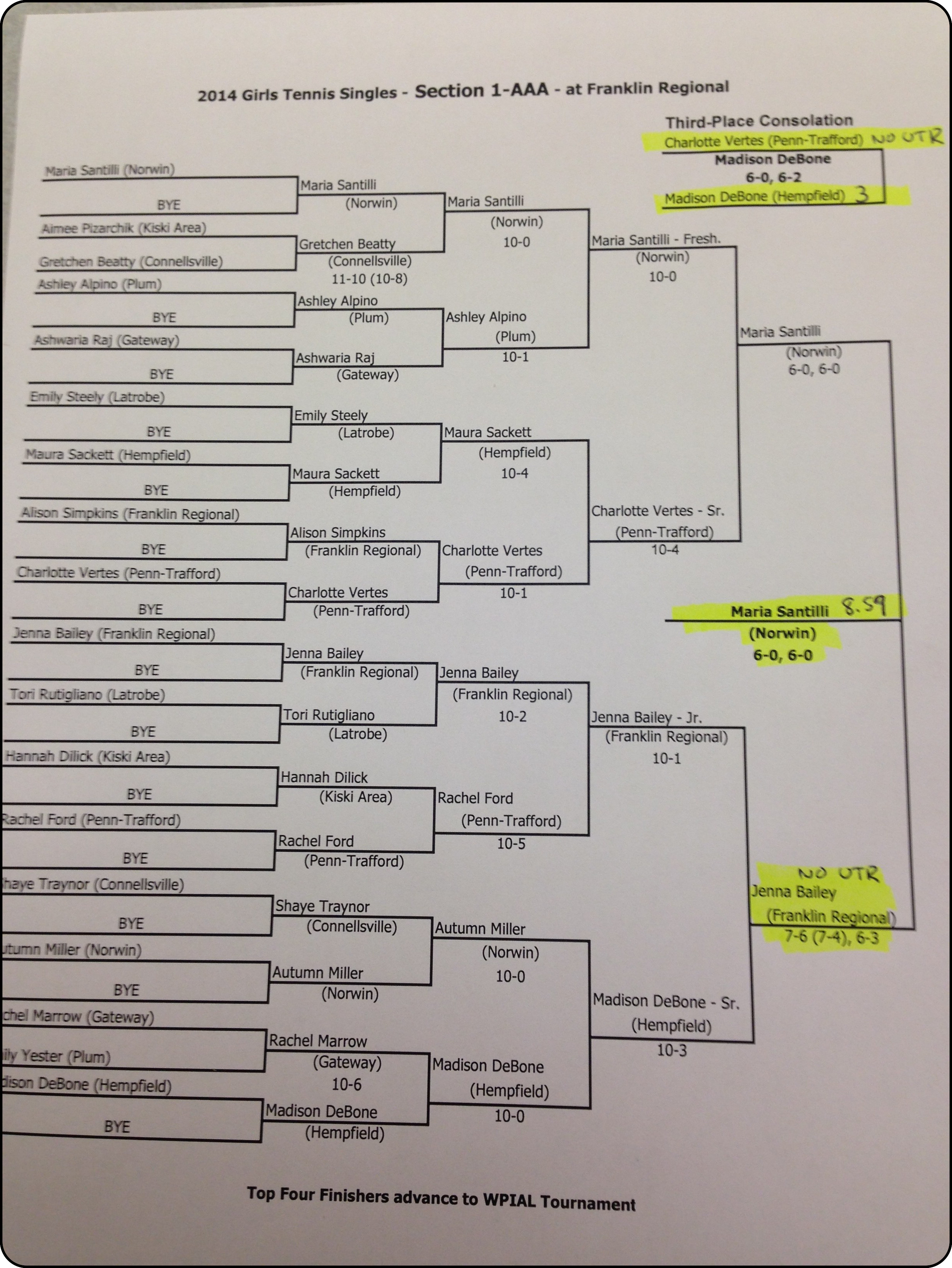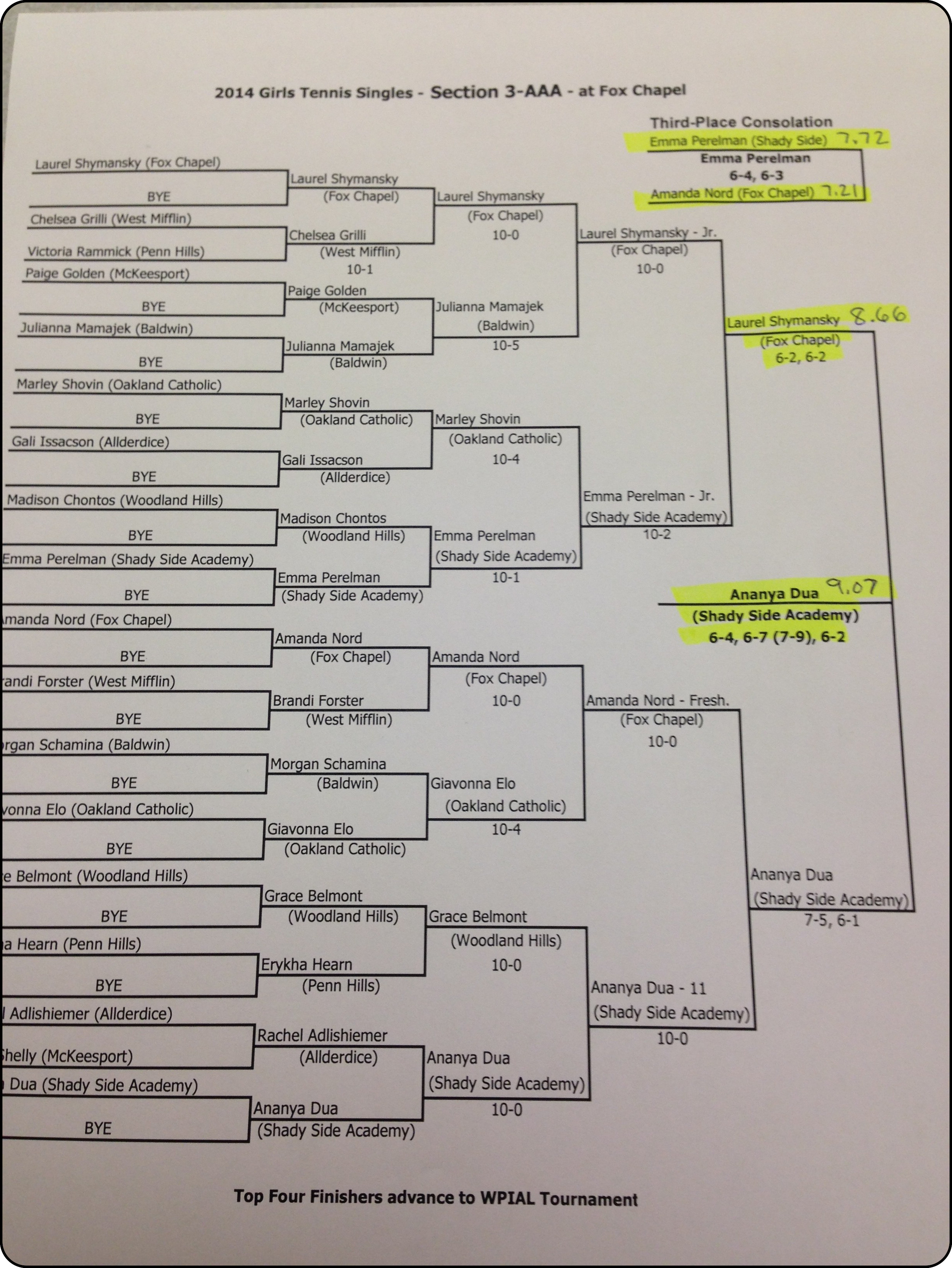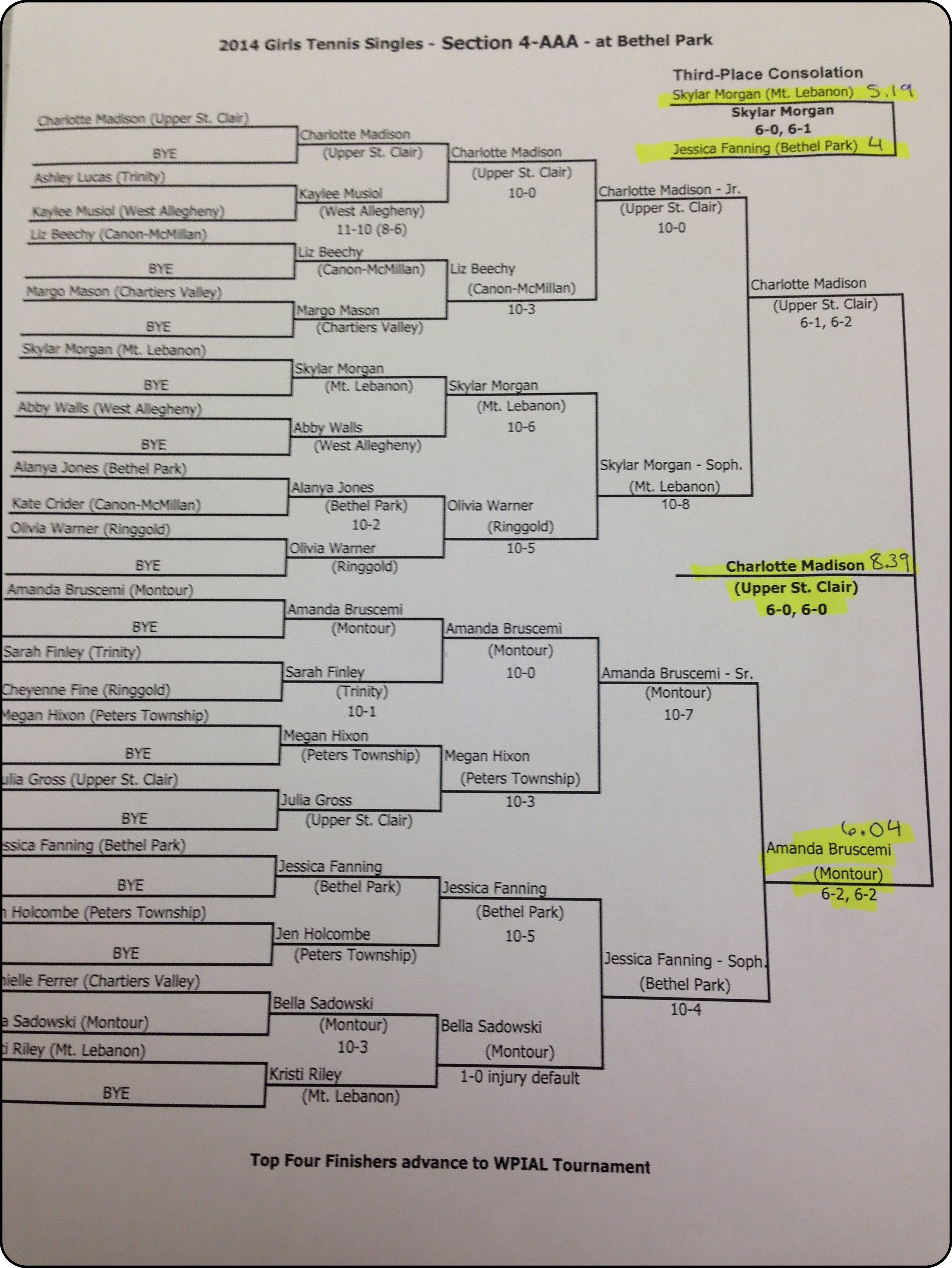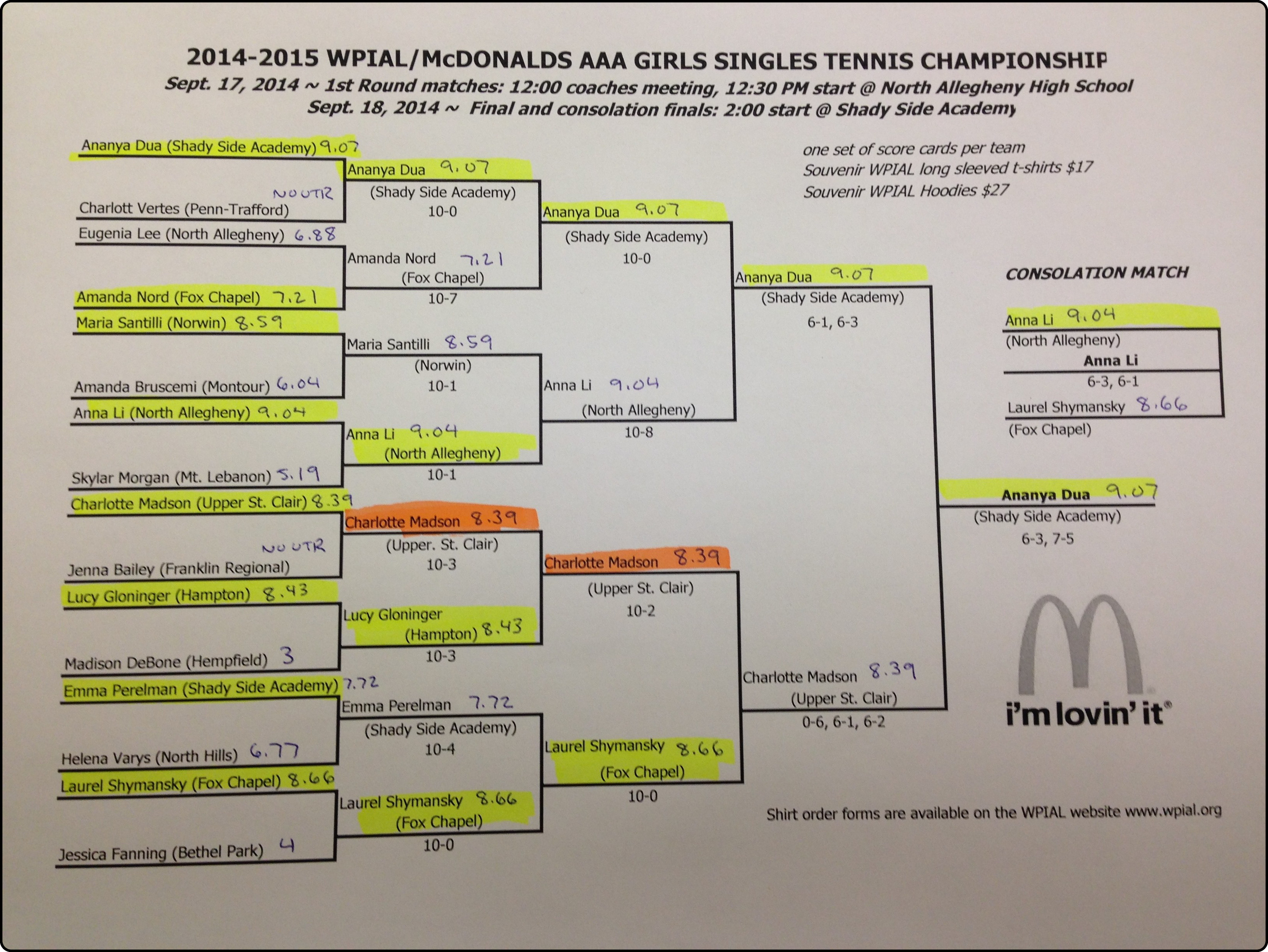The Reliability of the UTR System

We came across Alex's article some weeks ago, although the case study itself was already published back in 2014. As strong advocates of young players making use of their UTR in their search for a scholarship at college, we're therefore excited about convincing examples of independent individuals like Alex. Even better that his case study covered matches on the high school tennis level - exactly the group of people that could be the next freshmen in college. Enjoy the read, find out about your Rating, and get yourself prepared for an exciting recruiting journey!
Printed with permission by the owner of the article:
How Accurate is the Universal Tennis Rating System?
I have blogged about the Universal Tennis Rating (UTR) System before (Ratings vs. Rankings) and I believe it is an unmatched tool for coaches, players, and parents to accurately see just how good they really are in comparison with everyone from professional players across the world to anyone in your backyard. I know many college coaches are using UTR to evaluate how a player would fit into their line-up, top collegiate players are using it to see if pro tennis is a dream they should attempt to pursue, and junior players are using it as the measuring stick to see if they really are improving at a faster rate than their peers.
With the all the undeniable valuable surrounding UTR people still ask,
Well just this week I did a case study of my own to answer that very question using the results of the Pennsylvania AAA State High School Singles Qualifying Tournament here in Western, PA. Once the tournaments concluded and all finals results were published I logged into UTR and looked up the ratings of every single player who attempted to qualify. I put each player's rating number next to their name on the draw sheets and looked to see if the actual results mirrored what each player's respective UTRs were. What I discovered in doing this was nothing short of amazing!
In AAA High School Tennis in Western, PA there are 4 conferences or sections. Each section holds a singles qualifying tournament in which the top 4 players in each (16 total) move onto the next round where they square off to complete and qualify for the state tournament.
In looking at each player's UTRs in the 4 section tournaments the outcomes mirrored the UTR ratings perfectly. In all of the section tournaments the player with the highest UTR finished 1st, second highest UTR 2nd and so on. The correlation between actual results and UTRs were beyond coincidence!
I was intrigued so I continued my case study on to the next qualifying round. The second qualifying rounded consisted of a tournament where the 16 best high school tennis players in Western, PA square off to qualify for the State Championship Tournament. I thought if anywhere the Universal Rating System would not predict results would be here where players are so closely matched. Out of all 16 matches played in the entire tournament 14 of them mirrored results the UTR ratings would have predicted.
Well, what I discovered in these two matches supported the accuracy of the Universal Rating System even more. The first match in which the lesser rated player won had a margin of 0.04 difference between the two competitors. The second match had a difference of 0.27. I think It is pretty safe to say these players were very evenly matched and neither was the favorite. What was even more interesting was the same player was involved in both of those matches, signifying that perhaps this was a breakthrough tournament for her.
After closely looking at the UTRs of players in a competitive tournament setting it just reaffirms to me how accurate it is.
To view the original article or check out some of Alex's other articles, click here.
Convinced of Alex's findings? Get your very own UTR, sign up on Smarthlete with a recruiting profile, and get in touch with college coaches directly right away!
 Section 1
Section 1 Section 2
Section 2 Section 3
Section 3 Section 4
Section 4 Qualifying Championships
Qualifying Championships